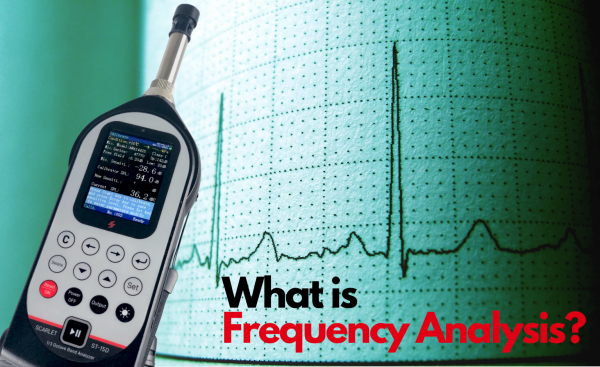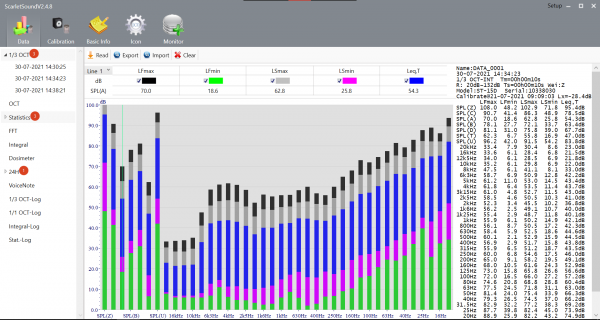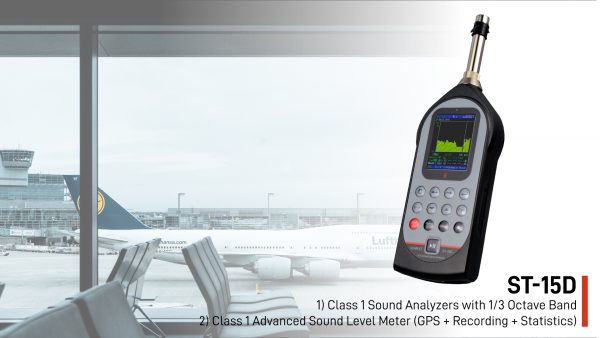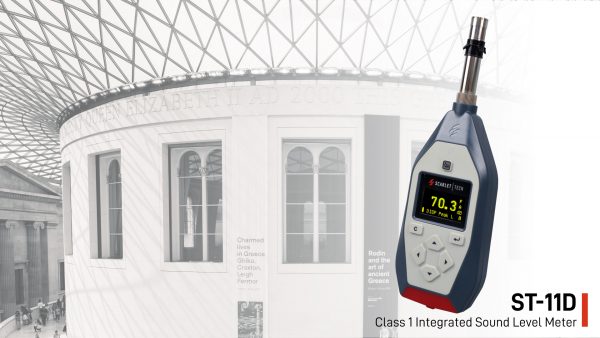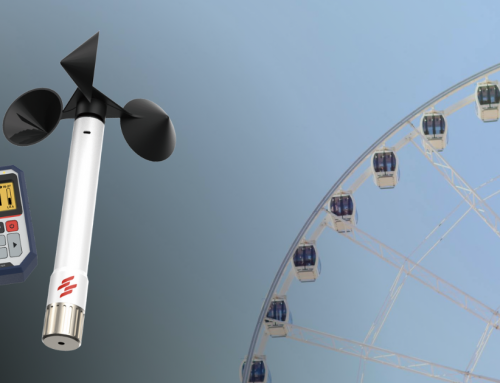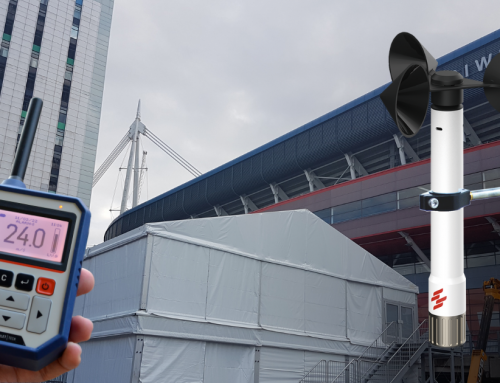Last Updated on
Sound and vibration occur in a specific frequency characteristics. Frequency describes the intensity of a sound which is measured in decibels, the louder the sound the higher the decibels value.
To determine how the respective levels of these frequency is distributed in a sound or vibration we do frequency analysis. Frequency analyses are usually performed on unweighed signals. If it is not the case, the weighting used must be clearly indicated as the average weight (“A-weighted”).
Frequency Analysis Types
According to the usage, frequency analyzers can be categorized into real-time analyzers and FFT (Fast Fourier Transform) analyzers.
| Usage | Filter |
|---|---|
| -Evaluation of sensory impact of sound and vibration -Evaluation of countermeasures | Constant Ratio 1/1 Octave Band 1/3 Octave Band |
| -Identify noise and vibration -Noise and vibration countermeasures | Constant Width FFT |
Real-time analyzer
A real-time analyzer also known as the octave band analyzer uses several band filters with a constant ratio (1/1,1/3,or 1/N octave bands) to analyze sound. The octave band analysis categorizes sounds into separate bands. The frequency range of each band is referred to as an octave.
Each band includes all frequencies that exist between an upper band limit and a lower band limit, and the upper band limit is always double the value of the lower band limit. For example, the 2 kHz band has a lower band limit of 1.14 kHz and an upper band limit of 2.82 kHz; it is called the 2 kHz band because 2 kHz is the median value between 1.14 and 2.28kHz. The octave band analysis helps to break down noise frequency into smaller parts which is helpful in assessing the sensory impact of sound or vibration in different frequency range to human ears.
This technique is widely used in many different areas such as indoor noise evaluation, construction sites and building materials noise evaluation, architectural acoustics, acoustic power level measurements, sound quality evaluation, and many more.
The data for octave and one third octave analyses are reported in a bar graph format.
1/3 Octave Band Analysis using ScarletSound Software shown at Computer Screen (ST15D Sound Analyzer)
FFT Analyzer
The FFT analyzer is calculated by a constant width band. The objective of this kind of frequency analysis is to mainly measure the physical magnitude of sound or vibration. The measurement types include mechanical impedance, mode analysis, tracking analysis, intensity measurement, propagation characteristics measurement, and sound quality measurement. FFT analyzers are generally used in sound and vibration analysis of machinery, cars, computers, electric home appliances, etc.
Professional-Grade Sound Level Meters
Scarlet offers several different kinds of Class 1 sound level meters that complies to the latest IEC and ANSI standard. The best seller ones are ST11D Sound Level Meter and ST15D Sound Analyzers.

